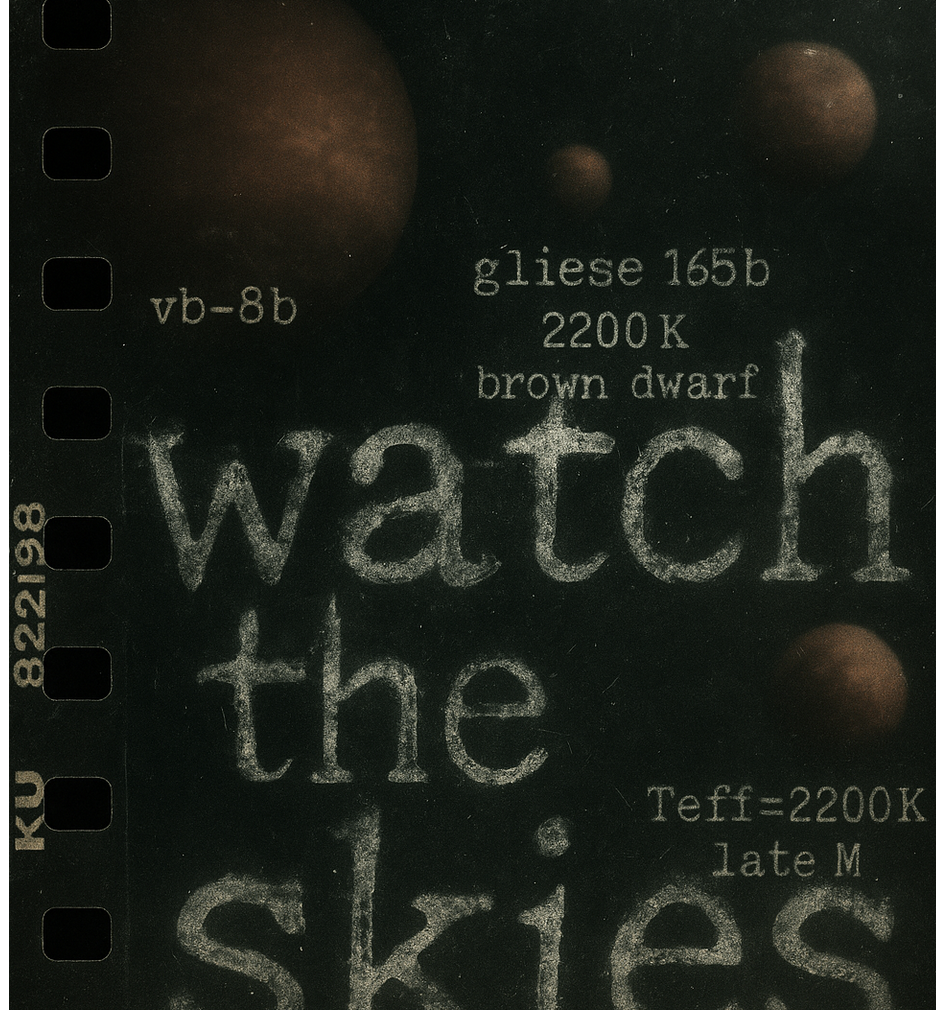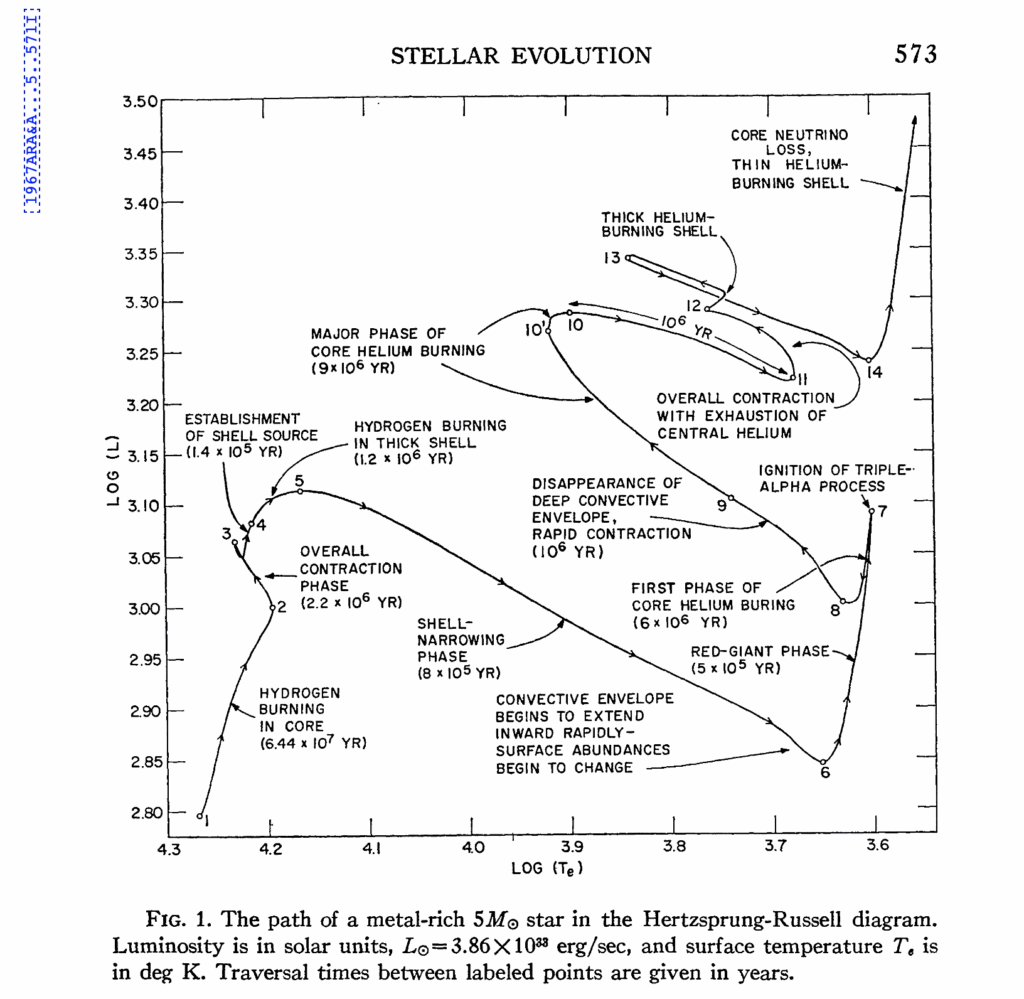
Brown dwarfs basically got the short end of the stick. At the start of the Nineties, the theory of stellar evolution was in very good shape. All of the genuinely relevant details regarding how stars work had been sorted out. If you did research on stellar evolution, you were engaged in the process of tying up loose ends. That state of affairs was possible because stars are essentially one-dimensional functions of radius. Spherical symmetry. Plots like this one from Icko Iben’s 1967 Annual Reviews article are emblems of a dramatic scientific success story.

With stars solved, brown dwarfs were on deck to be discovered and savored, and then it would be time, at some distant point, to start discovering extrasolar planets. Actual planets orbiting actual nearby stars — in 1991, that was a heavy concept.
That wasn’t how things turned out. The first bona-fide brown dwarf and the first HoJo were both confirmed in 1995. Look ’em up! The first exoplanet orbiting a bona-fide star, moreover, was discovered at 150-sigma statistical significance, which opened up the floodgates, led to a demand for ever-smaller planets at ever-smaller signal-to-noise, public outreach, explainer podcasts, and ultimately the dramatic conclusion to that age-old quest — the discovery last week that we are not alone.

